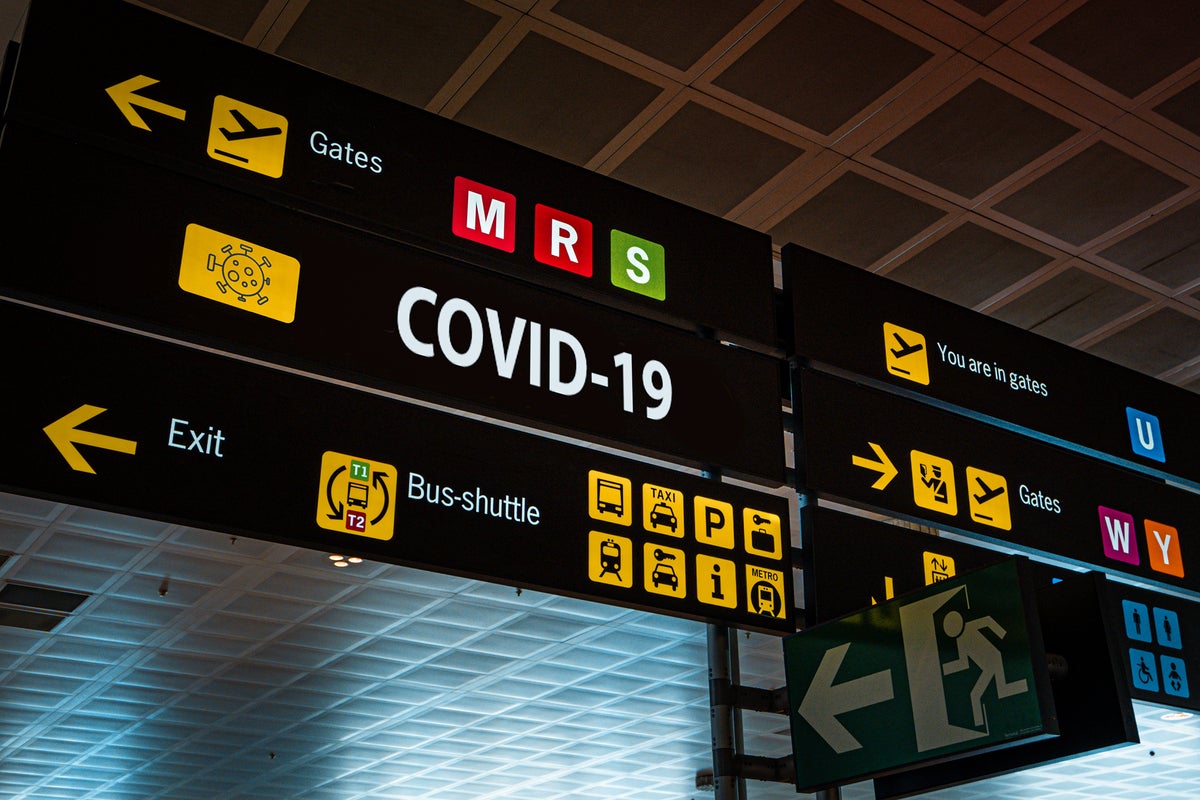
In just a few short months, COVID-19 has changed enterprise operations and, in almost all cases, changed them permanently. The environments that CISOs have to protect and that CIOs have to maintain has completely flipped since last year (from 90% internal to 90% external) and that dramatically shapes how employees or contractors interact with their employers and clients.
Amid the hardships, costs and deaths, enterprises are looking to come out of the pandemic disaster in a stronger position. Corporate executives who have for decades resisted widespread corporate telecommuting, are now accepting the work-from-home shift and many are even impressed by it. Security operations are now getting the green light for vast digitization and upgrades that they have been pursuing for years.
Question: Can IT directly help employees avoid COVID? It’s certainly in the corporate interest to do so. A variety of mobile apps have used crowdsourcing techniques for contact tracing, but MaskCount wants to build on those efforts by using crowdsourcing to identify communities (often down to the Zip Code) that are being aggressive or lenient in mask-wearing. To stop the coronavirus spread, wearing masks is the single most effective weapon available. Indeed, an argument can be made that how a community executes on mask-wearing compliance is a better indicator of COVID risk than the number of positive COVID tests because of the high error rates in those tests.
Why would it make sense for IT to get involved? Simple: It’s an employee service, one that should engender feelings of loyalty and translate into better worker retention. (One of the interesting fallouts from COVID-19 is that companies can’t offer work-from-home options as a key hiring differentiator.
In the same way that businesses might post notes to geographically-relevant employees that there are snipers in a particular Zip Code shooting and killing random people, it could do the same for communities where people are risking wide-spread virus infections. Although mask-wearing does slightly reduce the chance that the wearer will get infected, it is light-years more effective at protecting others if the wearer is already infected – whether the wearer knows it or not.
These mobile crowd-sourcing apps can also help protect employees—and everyone else—as a secondary impact. There are spillover effects. If a company detects that a particular neighborhood has low mask-usage and high infection rates, it can alert employees and assign that area a low safety score. That then encourages people to avoid businesses in those areas. And in response, businesses would more aggressively enforce mask-wearing, in effect boosting protection for all.
It’s sad to note that many healthcare facilities—especially nursing homes and retirement communities—have been accused of hiding COVID-19 infection rates and death toll. On a personal note, I lost my sister to COVID-19 and despite a positive COVID test and the quintessential multiple-organ-failure death, the death certificate noted COVID as the secondary cause of death and not the first, so that it wouldn’t be listed as a COVID death.
Mobile anonymous crowdsourced data for all manner of COVID stats (who is infected regardless of test result, who has died, who is abiding by quarantine rules, who is hosting an indoors party for 50 people, etc.) could deliver far more accurate pictures of these communities than the official numbers. Companies can do it to prevent employee loss and boost retention, and should do it to protect their people. Mobile data gathered by crowdsourcing is a powerful tool in fighting this pandemic.
And IT has a role to play.



